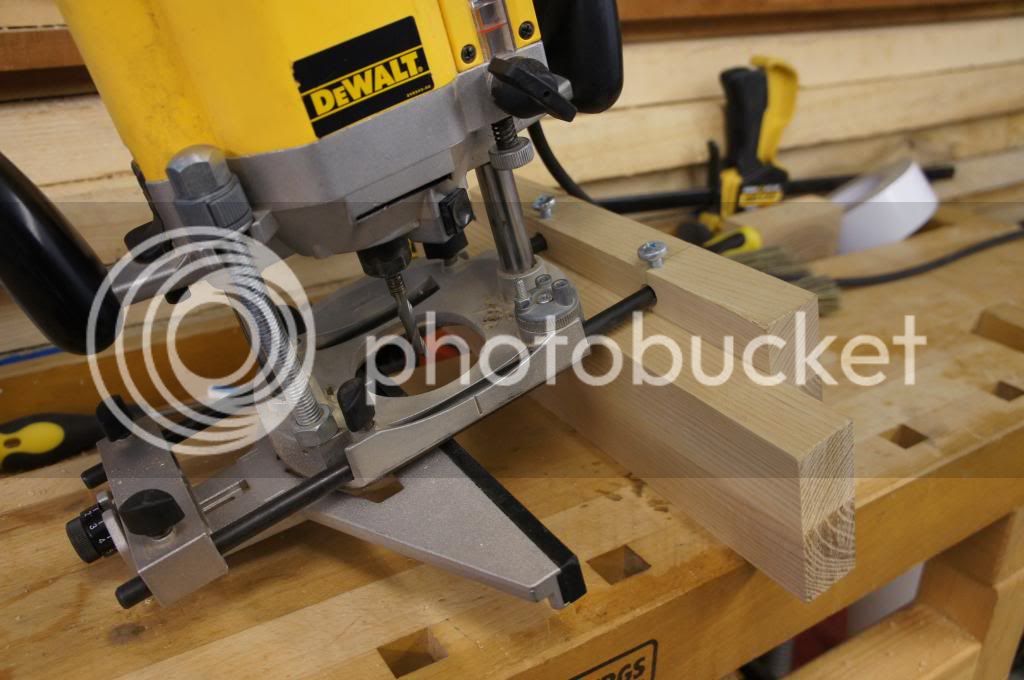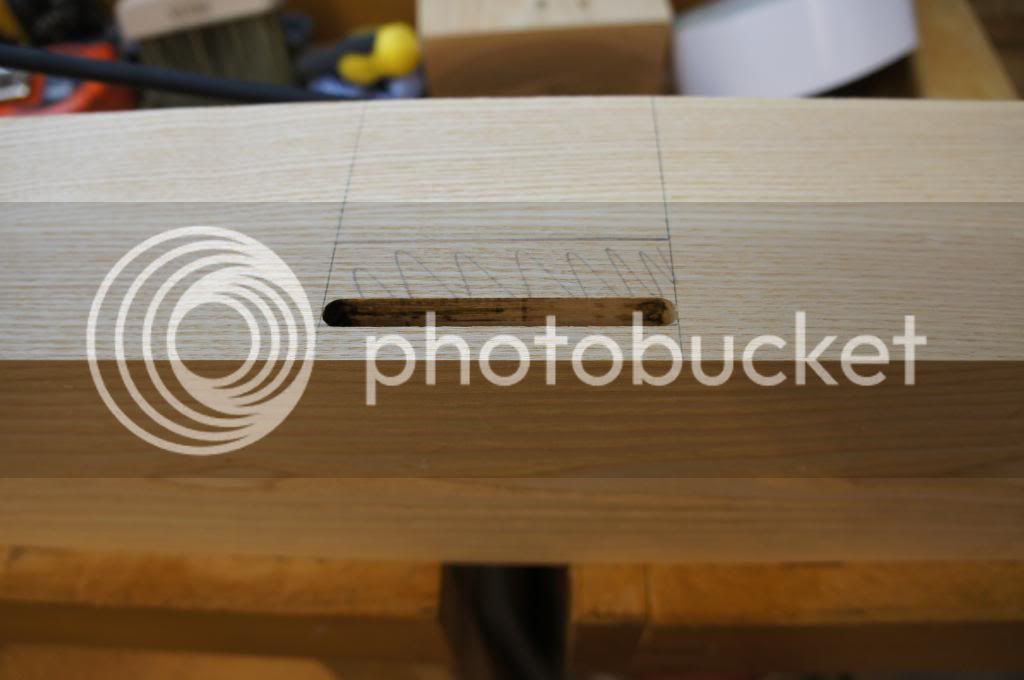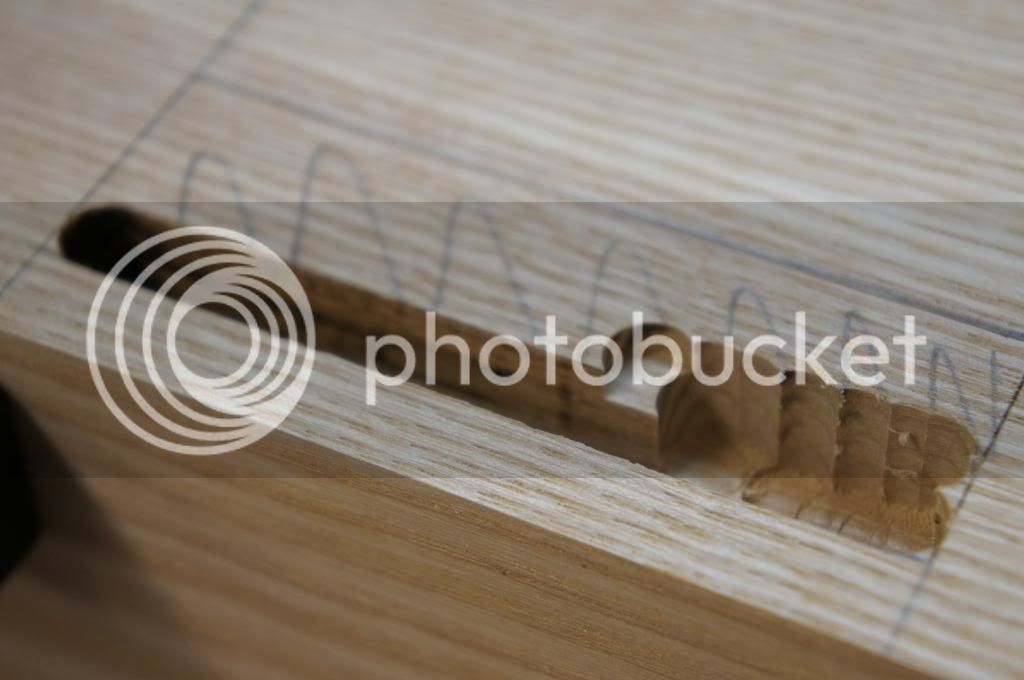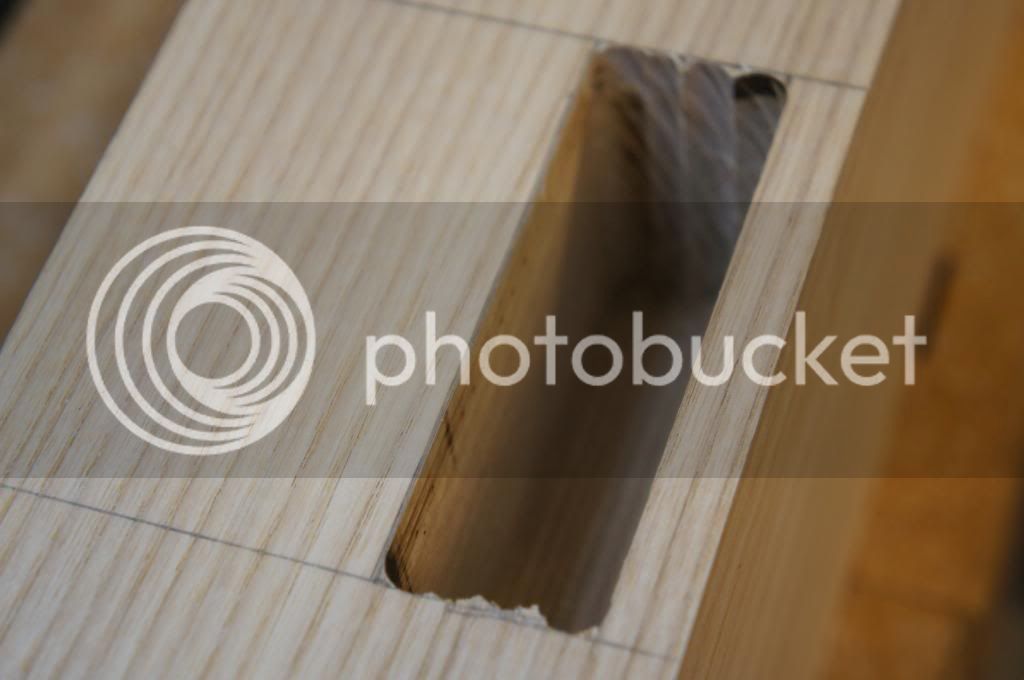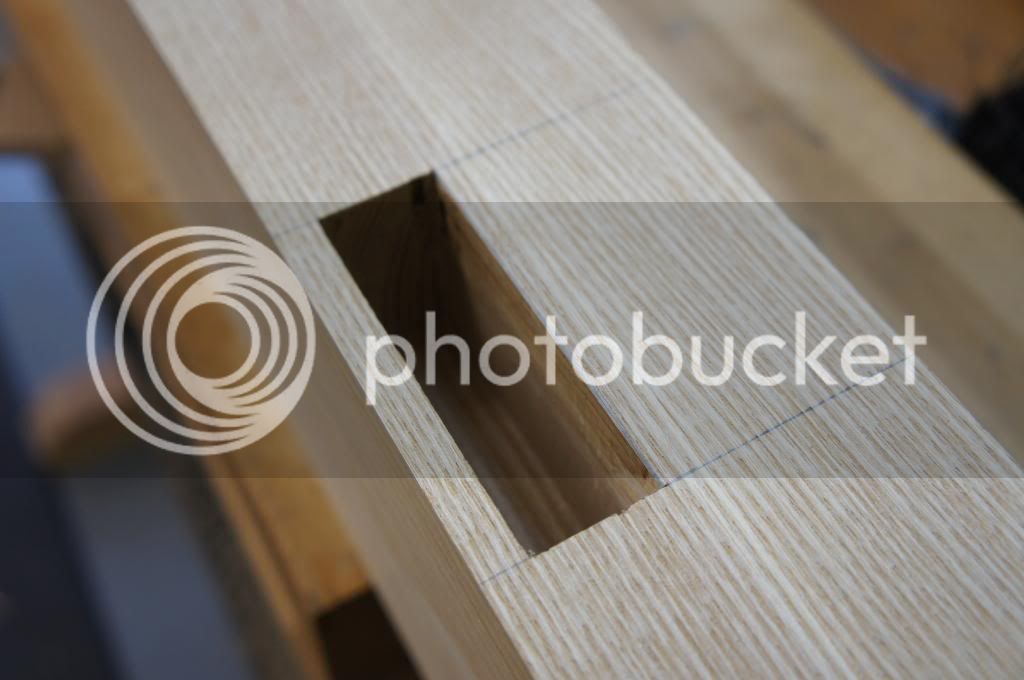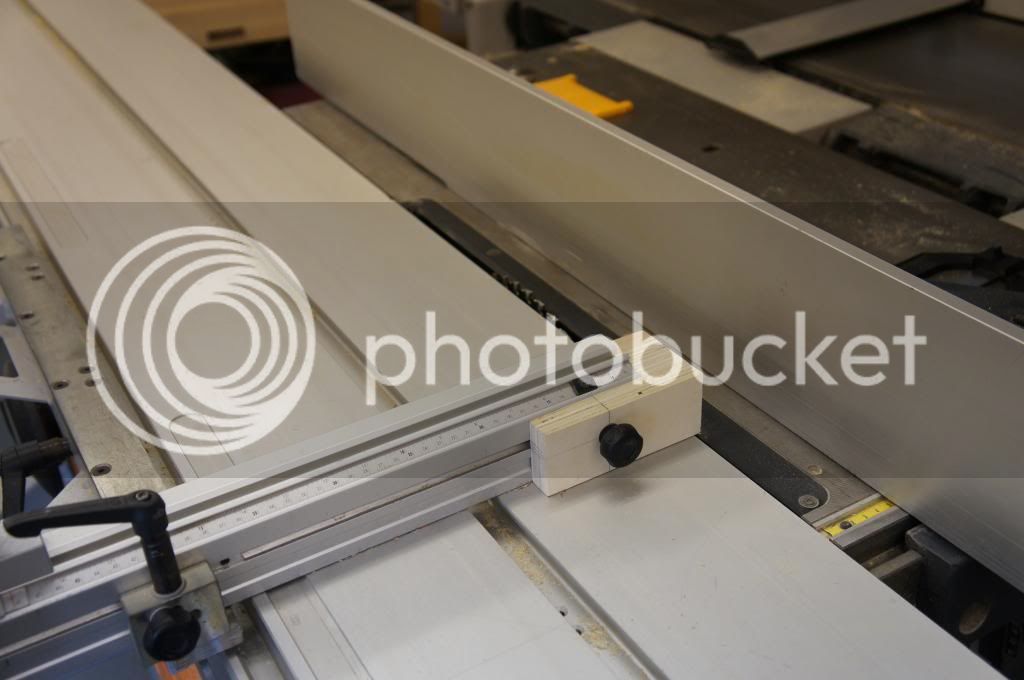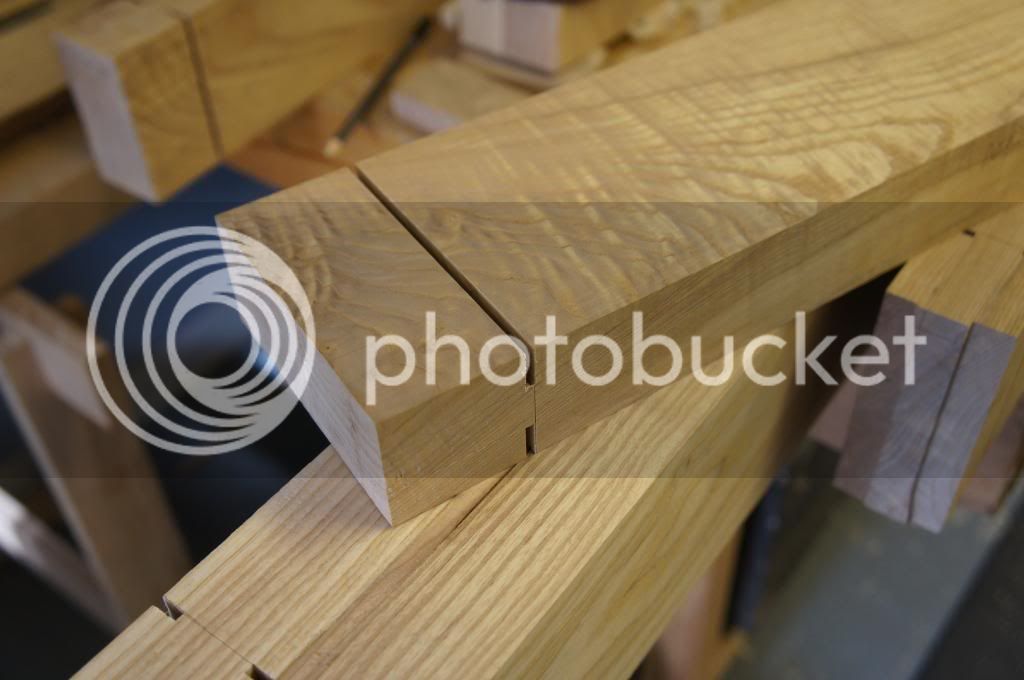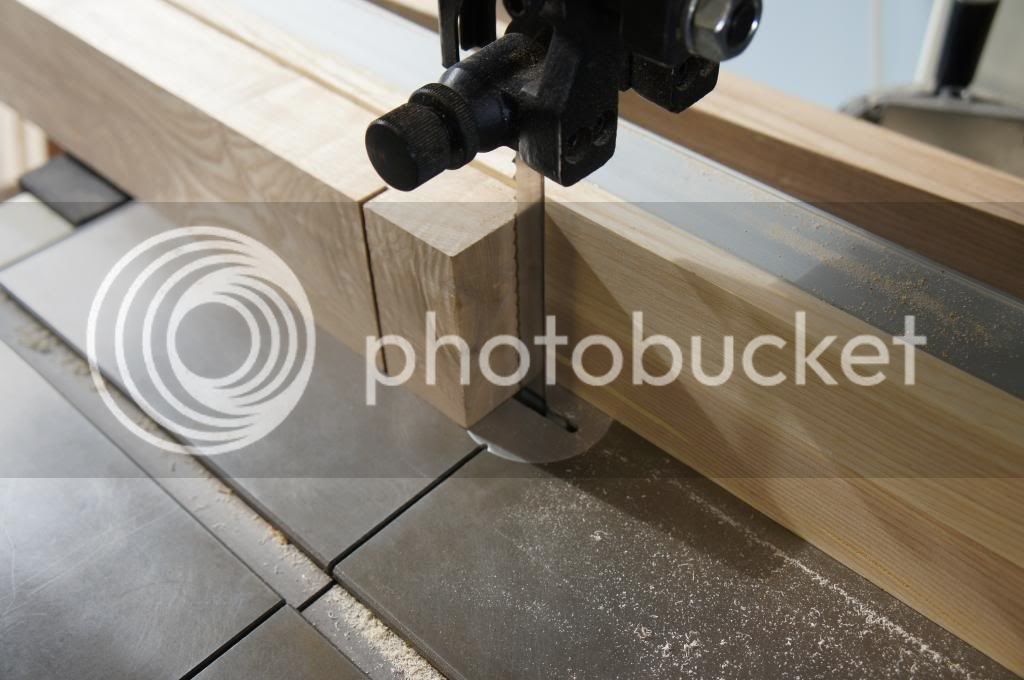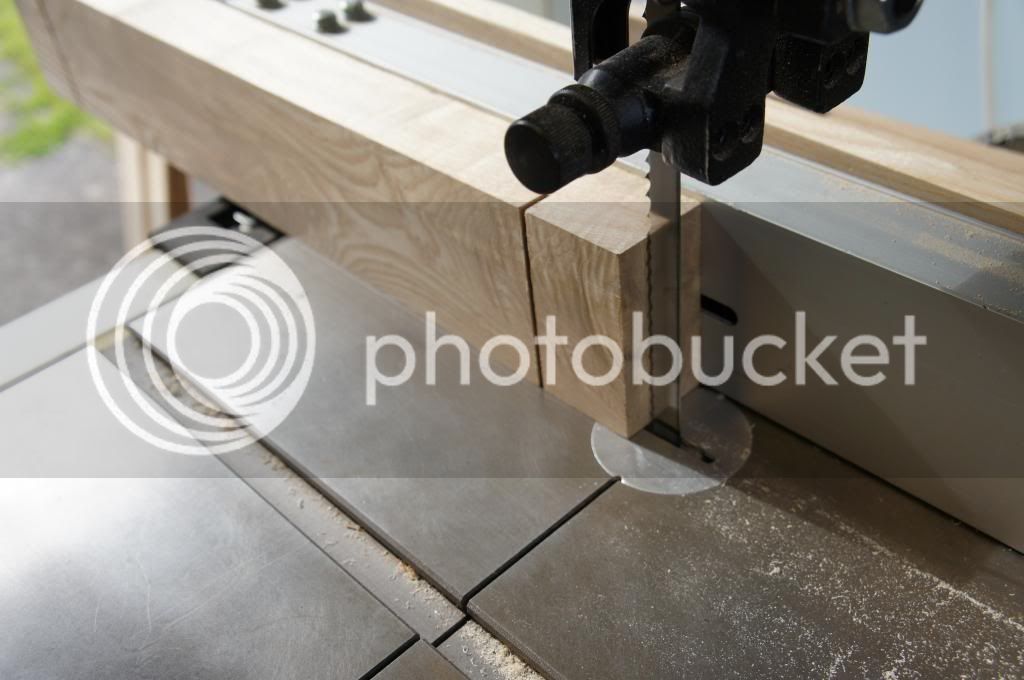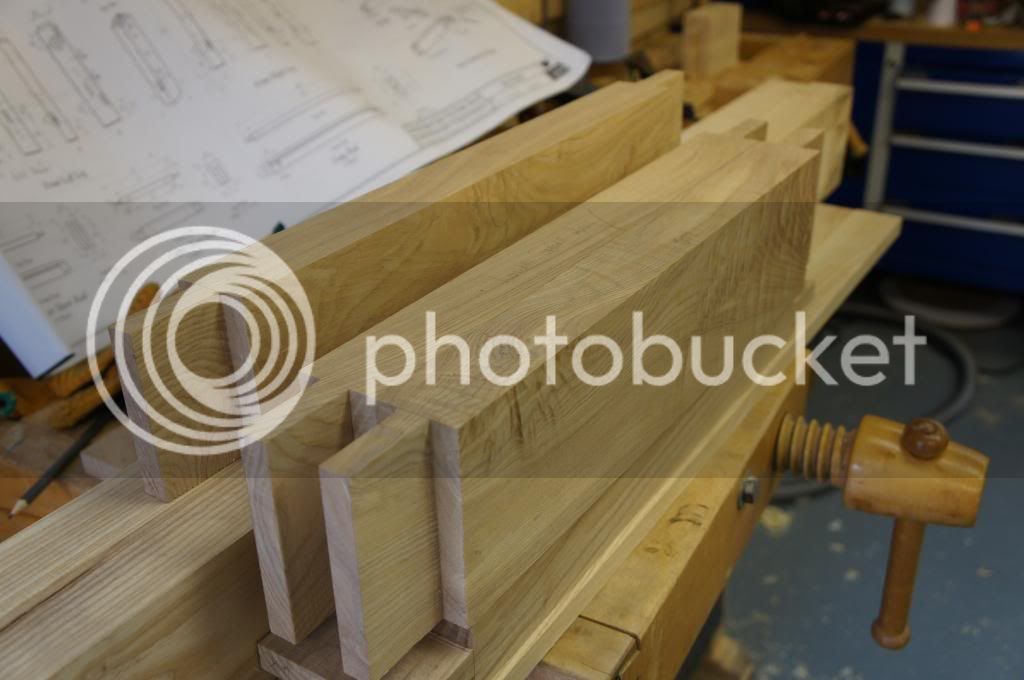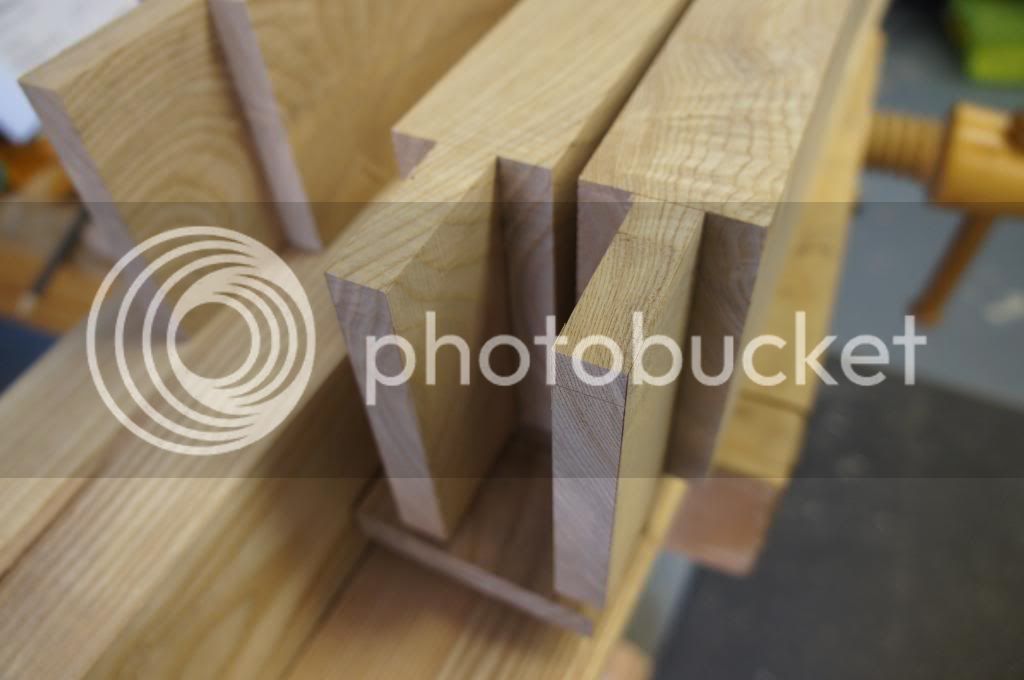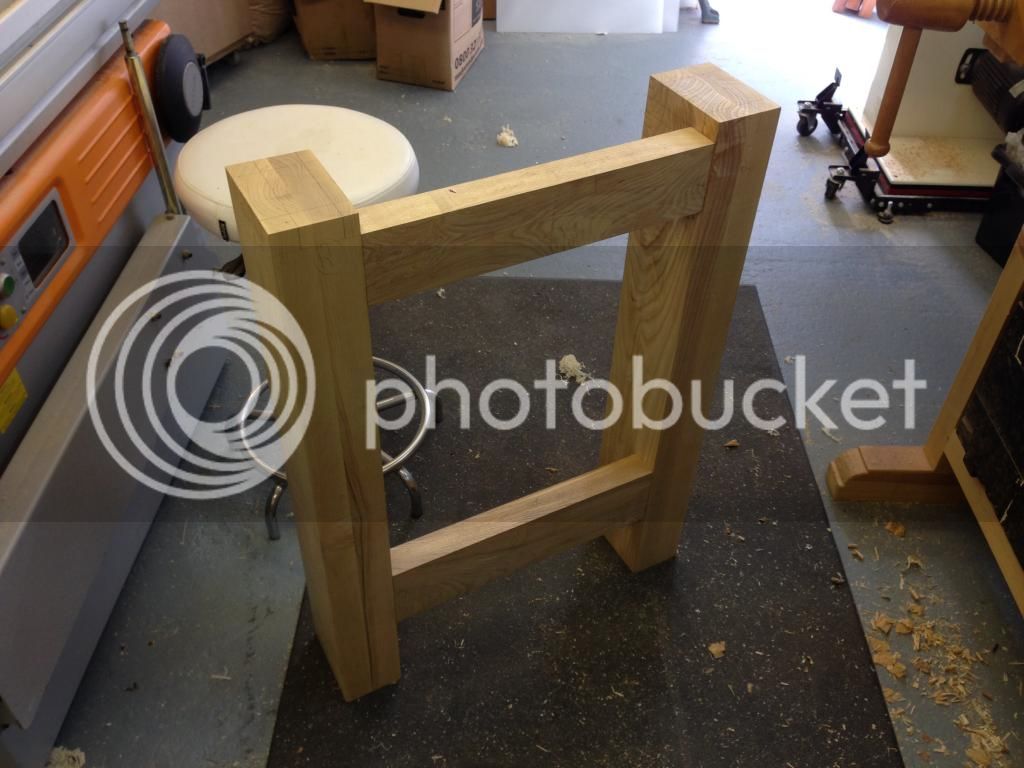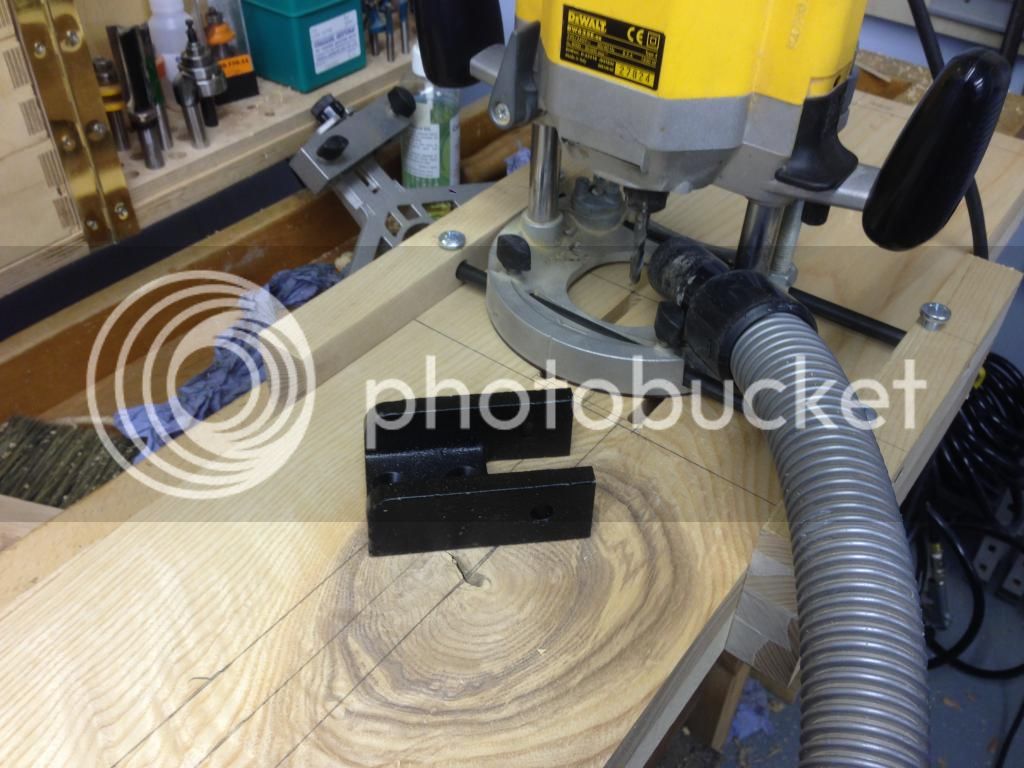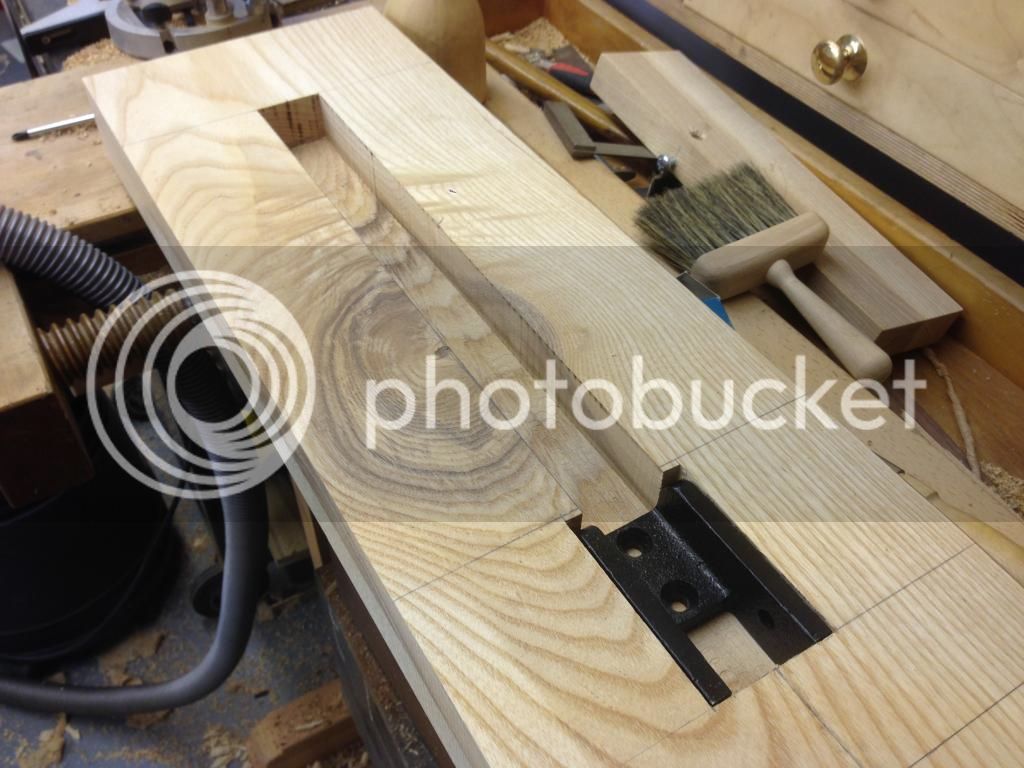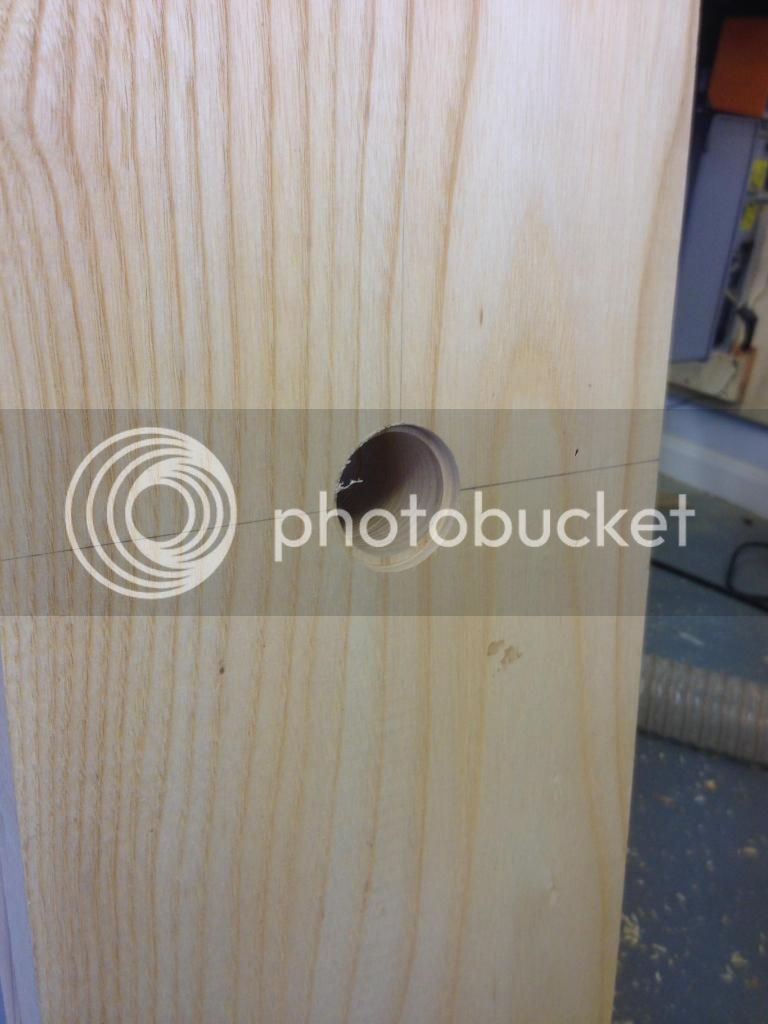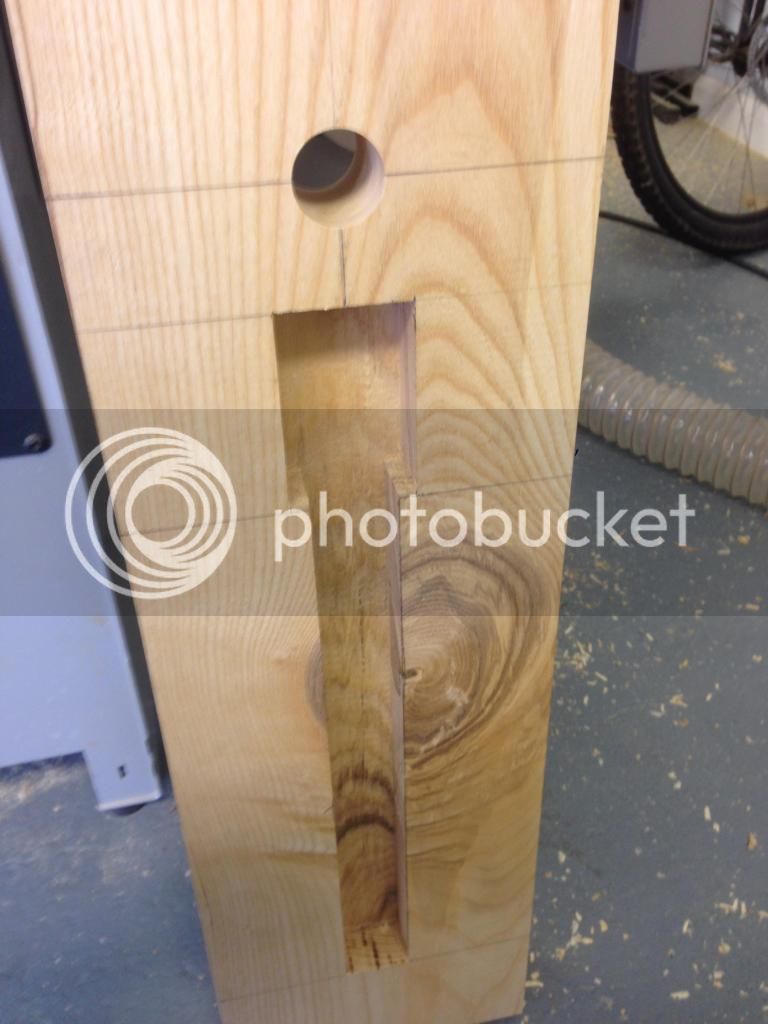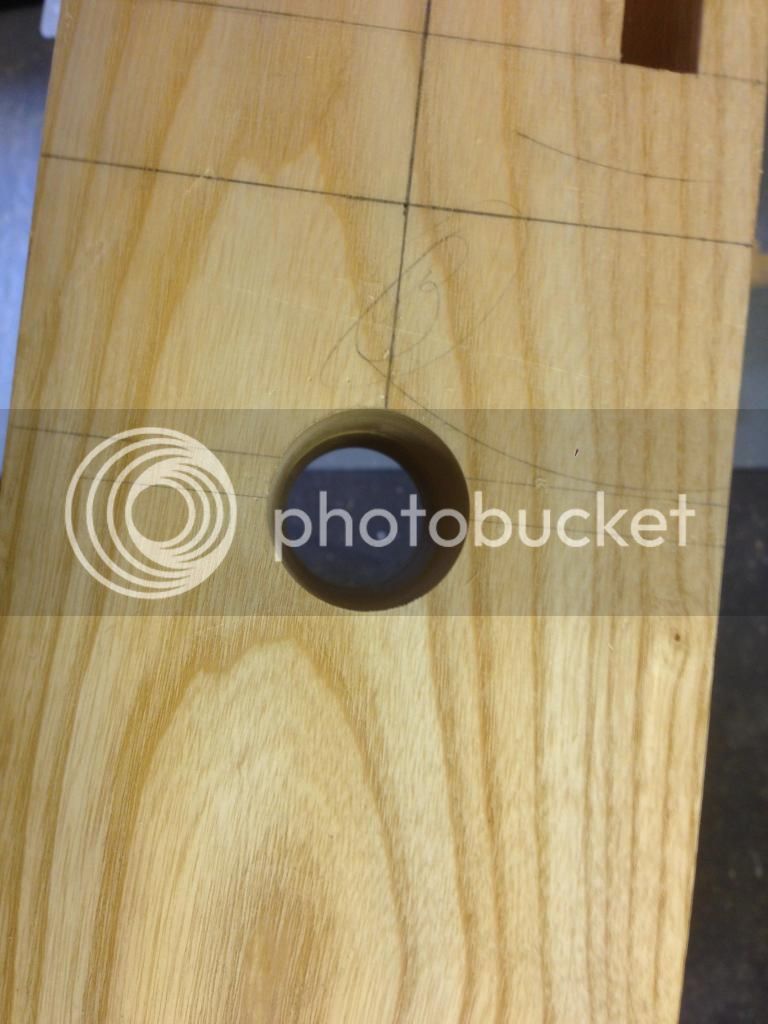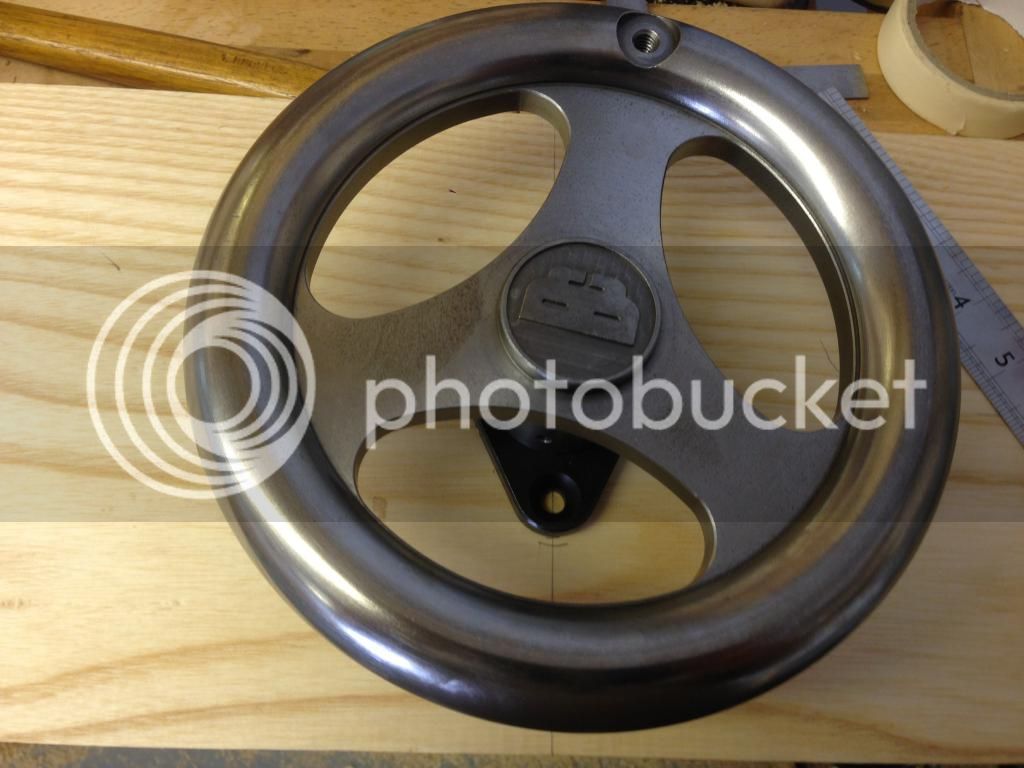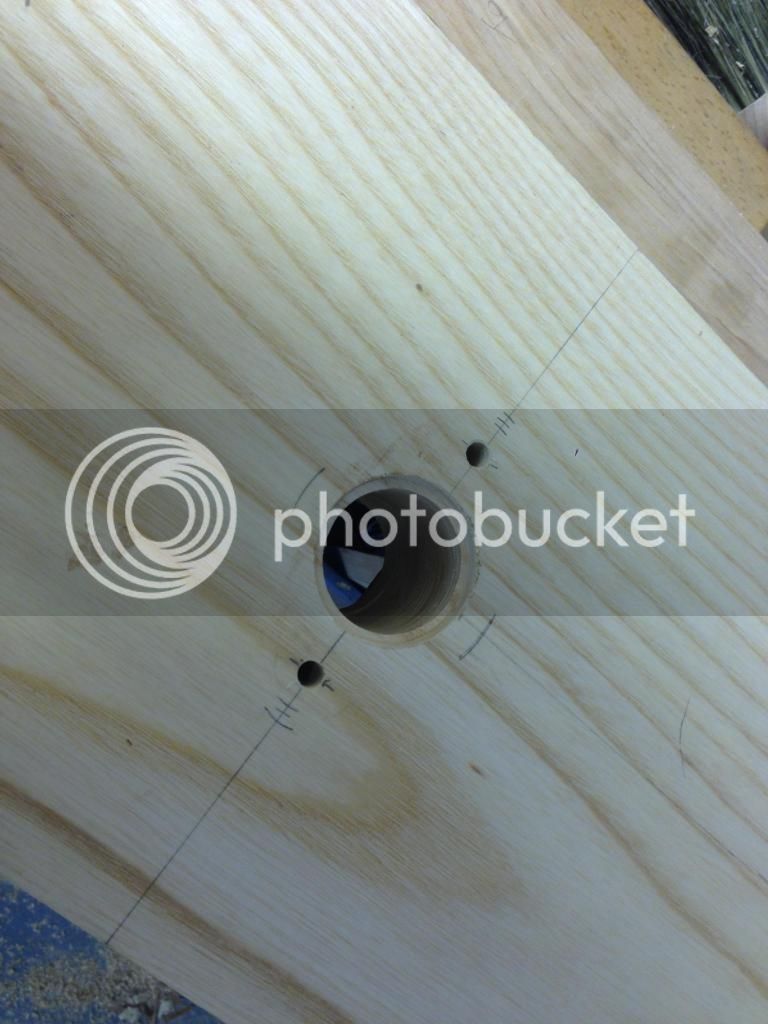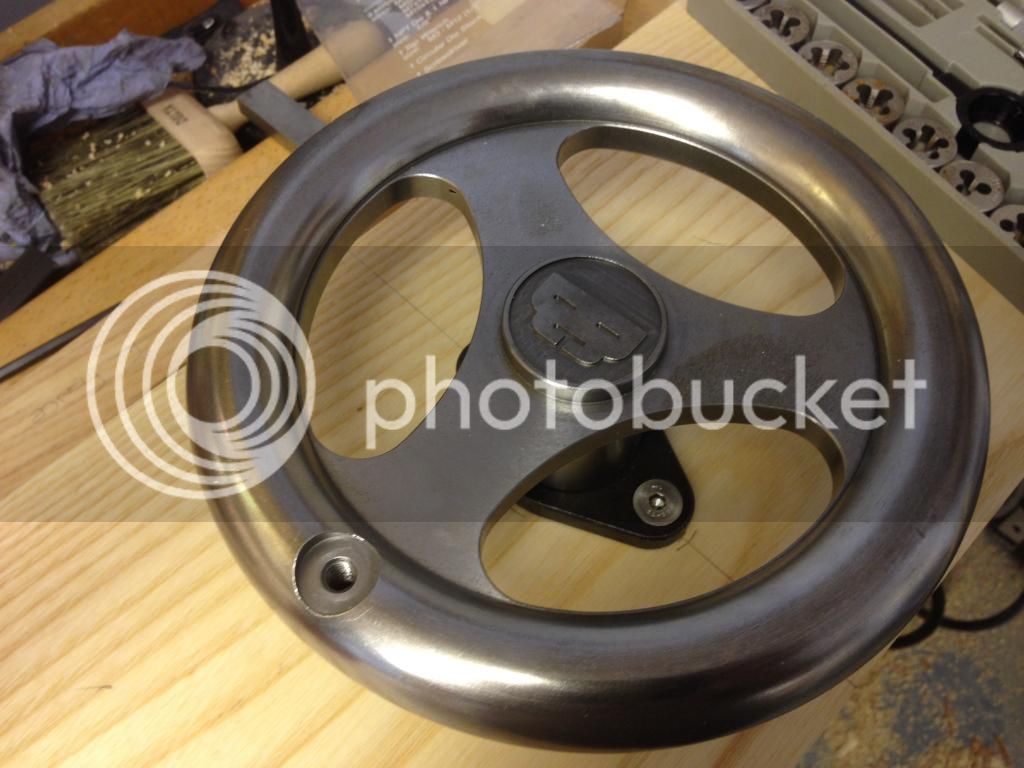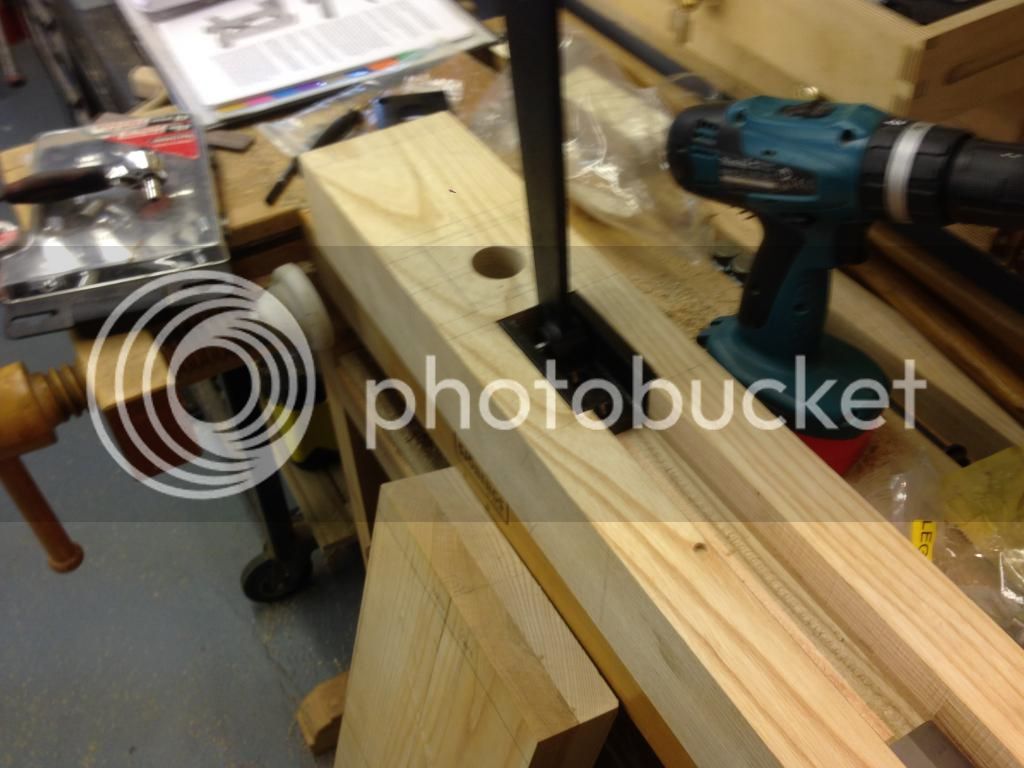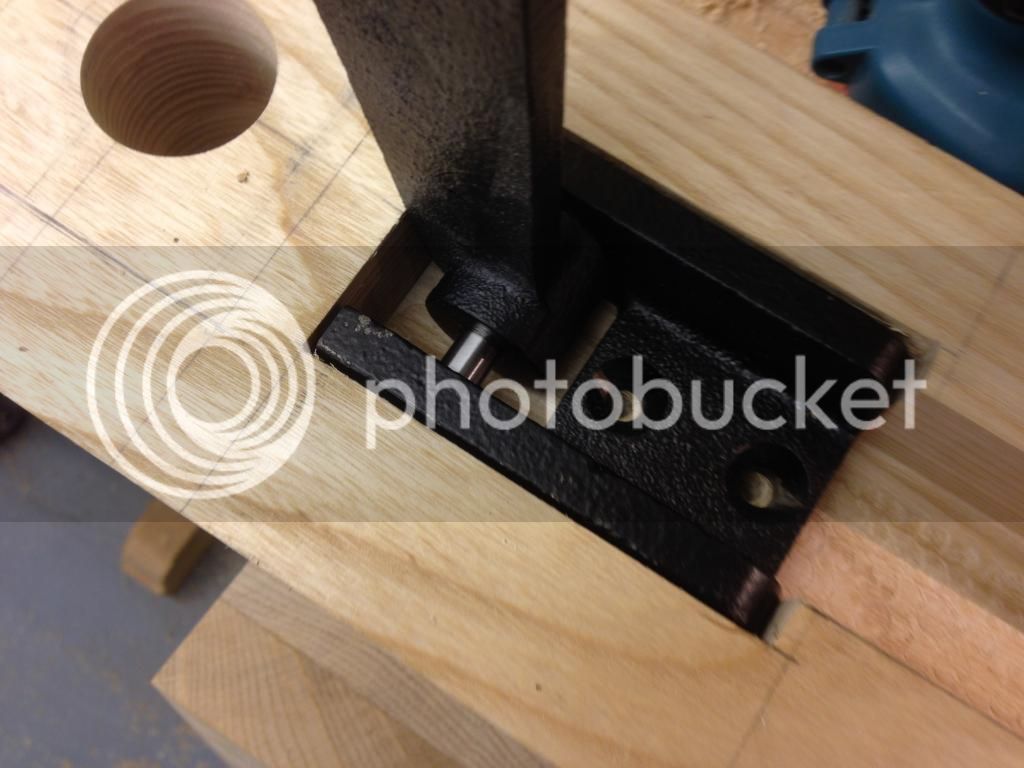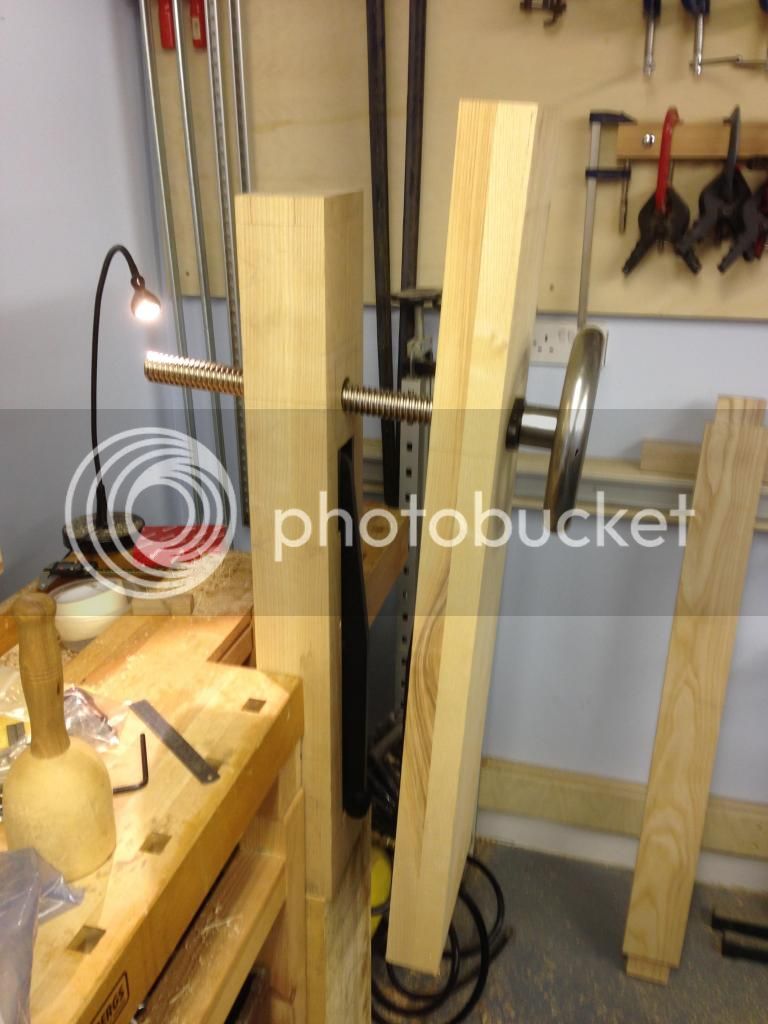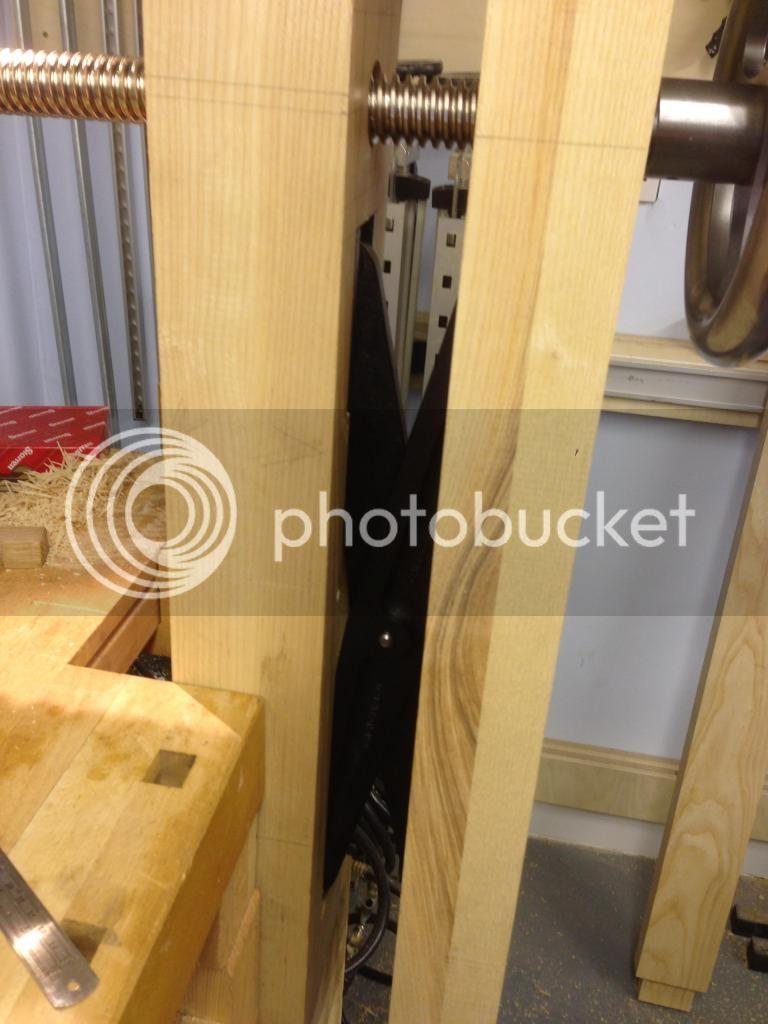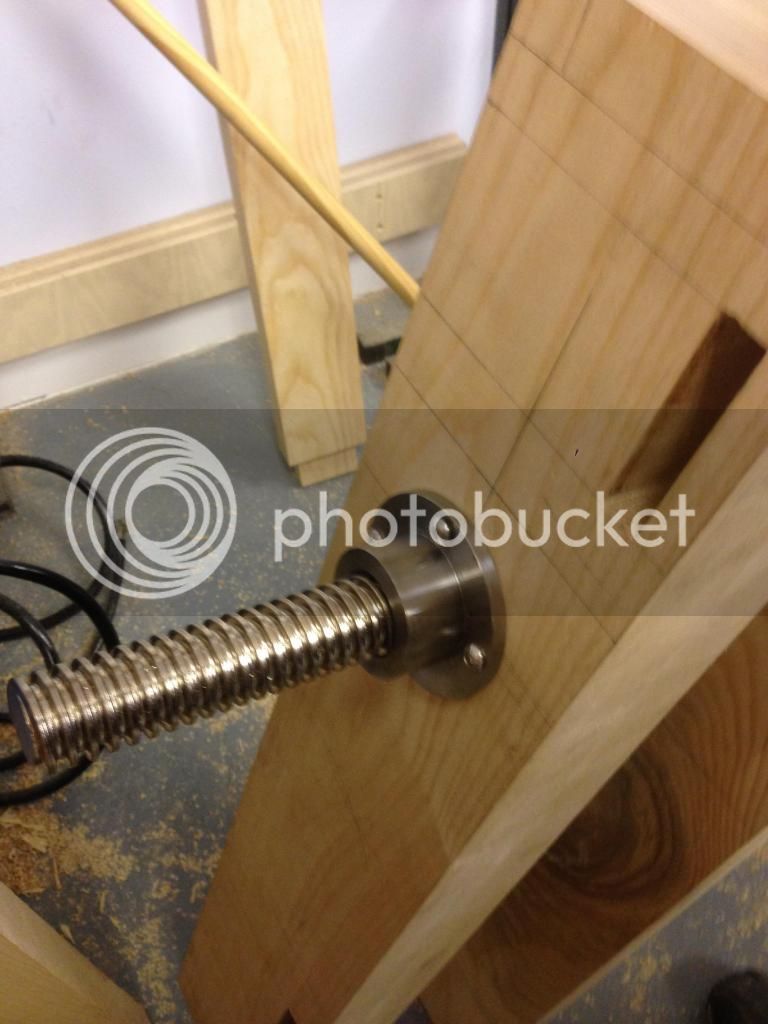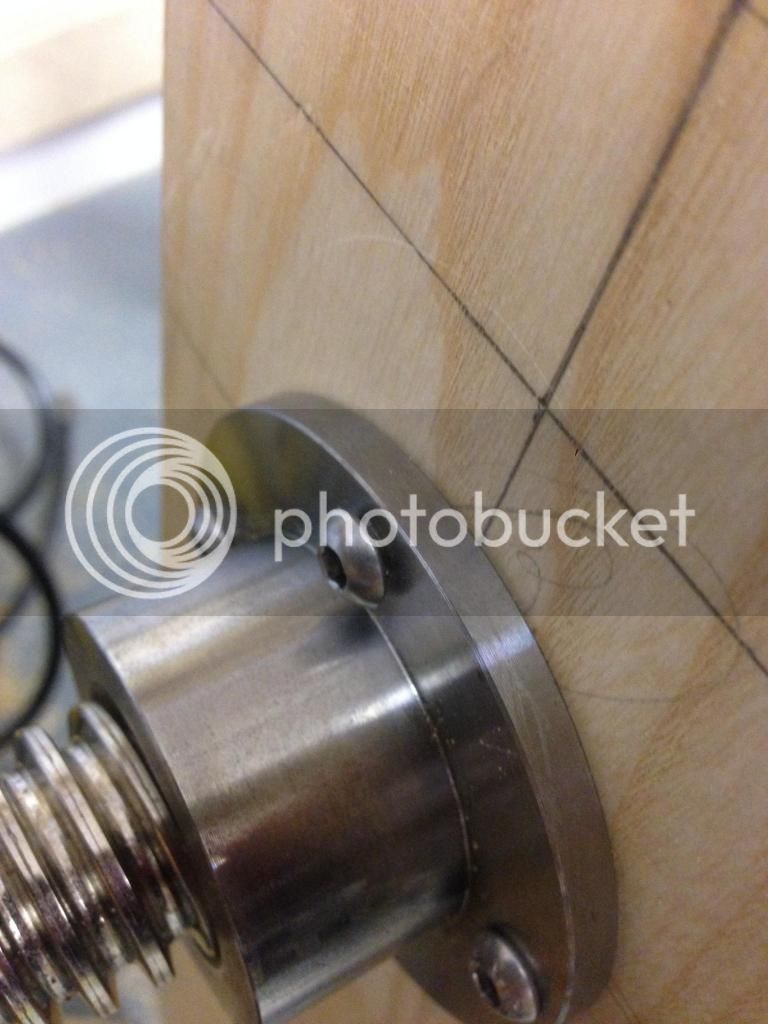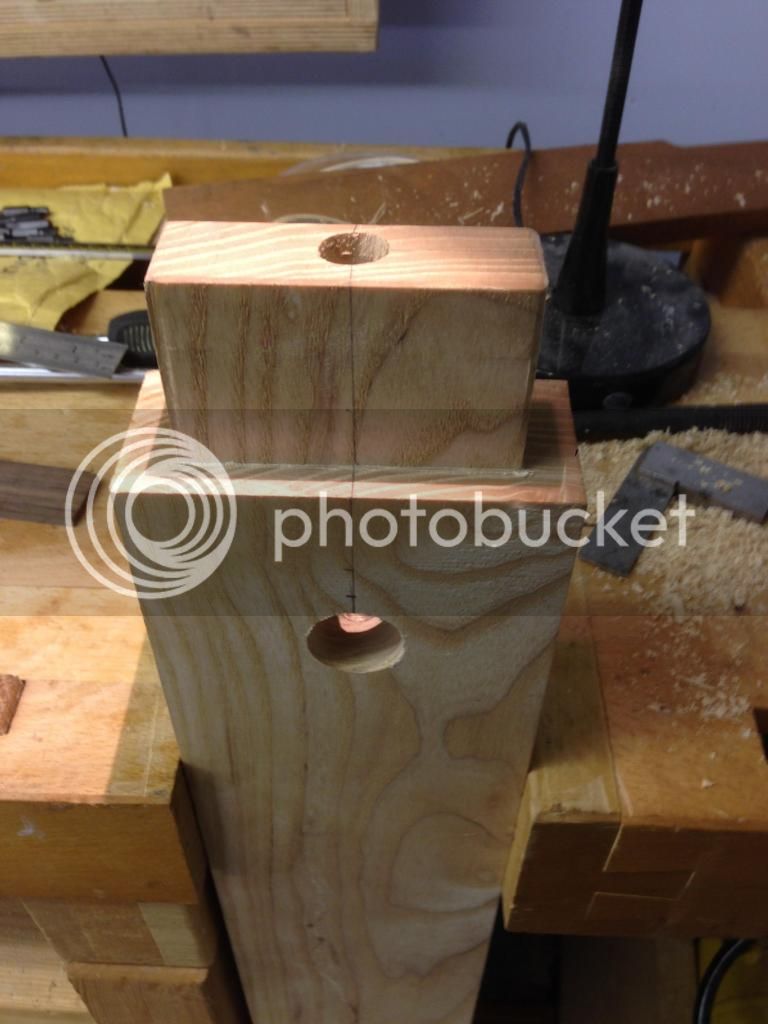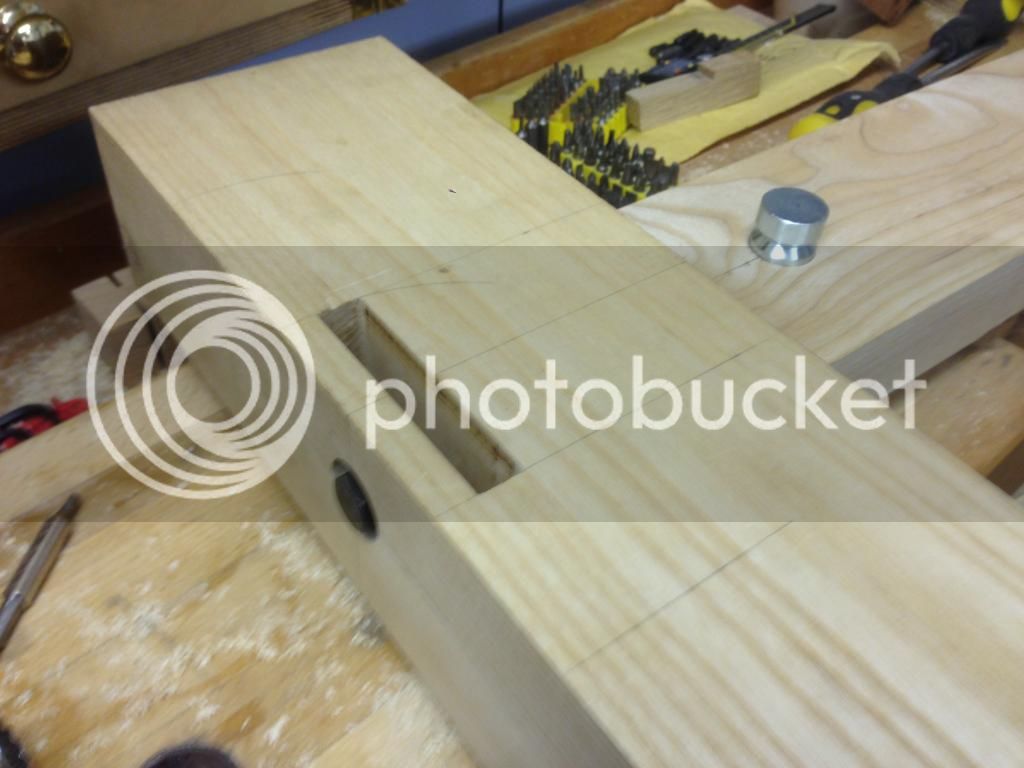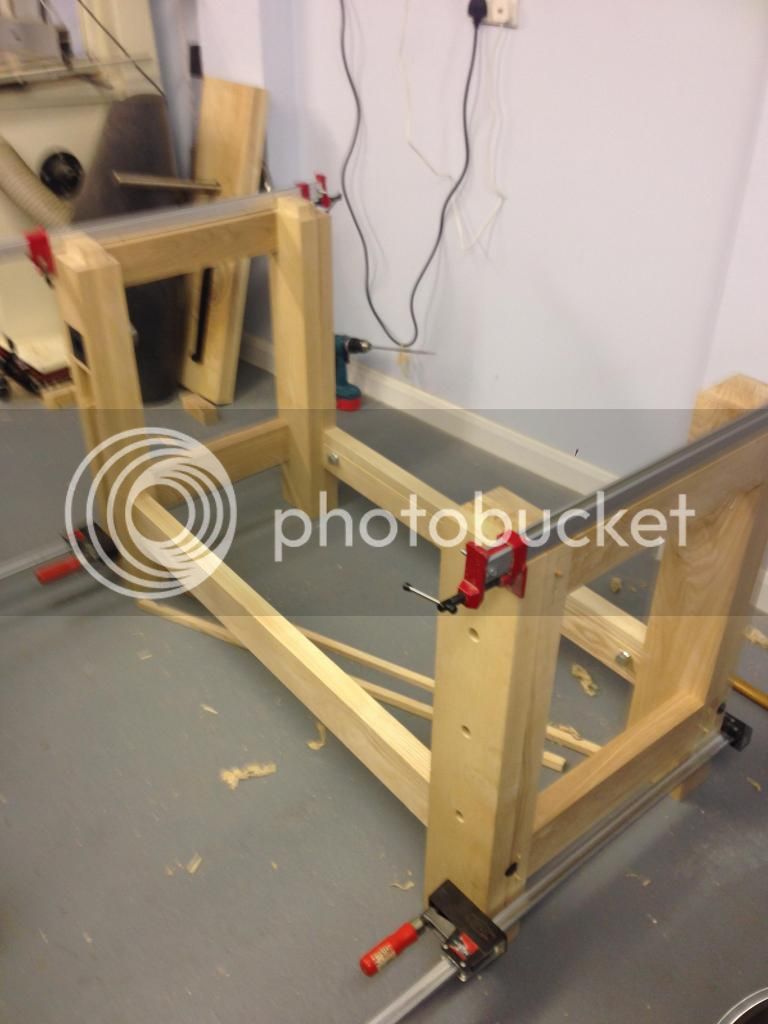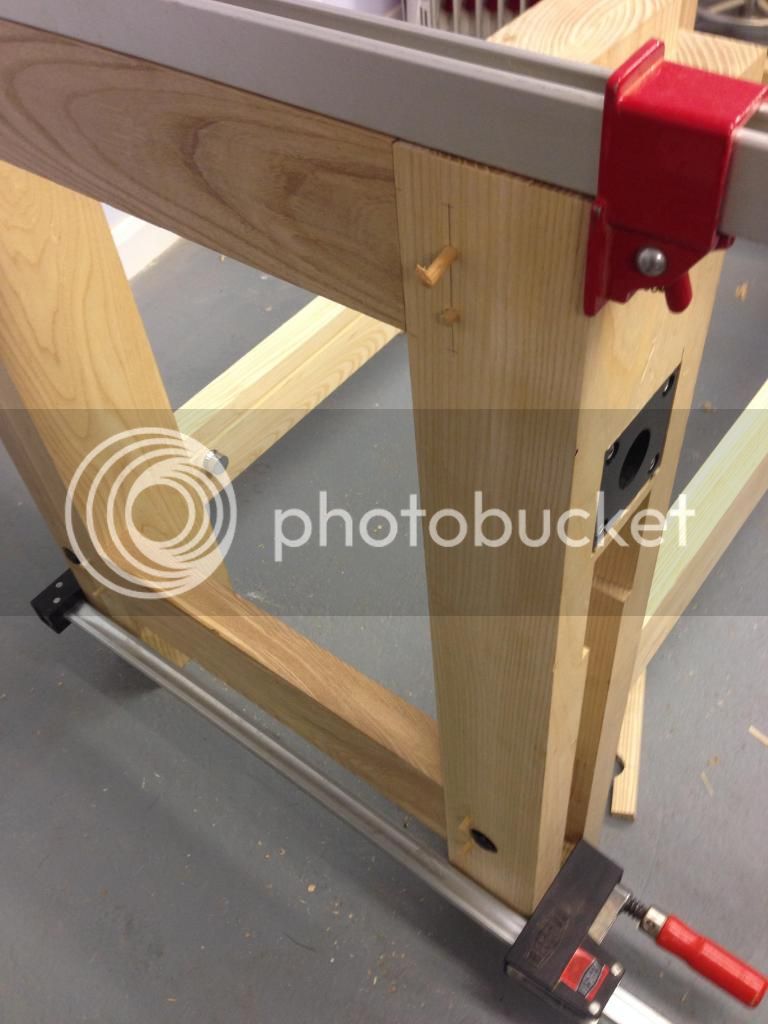Hi folks, been a while since I posted anything, not much progress has been made but I am up and running again.
I dry assembled the left and right sides to check for fit and squareness and everything looks fine
I thought I would work on the chop next and the receiving left leg to get some wood off the stack. The reason I haven't finished the frame is I noticed a problem with the position of the front long rail. The plans I have are for the original Roubo bench with a pinned vise, I have bought the retro cross vice (I looked like it was sturdier) but you need to rout a channel for the cross brace to sit in. As I am using a knock down kit the bolt would actually have fouled the movement of the vice where the plans have it. I did check the amendments for installing the vice and somehow have completely missed this even though I went over it about 5 times. The mortise has been plugged and the front rail will be moving inwards about an inch. I will take some photos so you can see what I am talking about and if your building one of these monsters yourself you can avoid this error.
So, the chop. I took some more 10 inch wide ash, ripped it and then planed and thicknessed to about 35mm each side. Glued them together and brought the whole thickness down to 2 1/2 inches and 9 inches wide. The leg and chop were marked out as a pair as the alignment of the hole and cross vice pins are super critical. I then trenched out the housing for the back of the brace. The same operation was done on the leg for the mating part of the brace. No point posting pics of that as its exactly the same process.
which left me with the following.
A recess was drilled on the face of the chop and then a through hole was drilled from both sides to prevent blowout. I made sure there was an awl mark on both sides to locate the center of the forstner bit. I must have been spot on (surprised face) as there wasn't a detectable step between the two holes when they met. The recess is to take a washer that sits behind the screw flange.
The same was done on the left leg and that left a tiny little step but it was a bigger distance to drill and my drill press objected with every plunge.
The next job was to assemble the handle, flange, washer and locking pin to prevent the wheel from spinning on the screw shaft. Once this was done I could mark out the location to drill and tap the flange screws. The chop was put on the bench horizontally and the assembly lowered in and made sure it was dead center. Once this was done I marked the position of the screws with my awl and drilled and tapped them.
The next stage was to fix the machine screws in place.
Now when I bought the kit, I specified the metric screws as all I have is a metric tap and die set and metric drill bits. I managed to use the metric screws to secure the flange and also I have a set of metric screws to attach the acetal bushing and the rear thread but the cross glide is supplied with imperial!. I just ordered an imperial tap and die set and a set of imperial wood screws to do the machining of the threads so I can get on with the new mortice housing while I wait but I was on a real roll.
I am hoping to wrap up the base this weekend and get on to making the top so all being well there should be some other updates following shortly.

